If fungal acne is troubling you, learning how to use anti dandruff shampoo for fungal acne could be the game-changer you need.
This guide cuts straight to the chase, offering up straightforward, actionable advice on effectively employing anti dandruff shampoo as a treatment. With the concise, step-by-step approach you’ll find here, you can swiftly begin your journey to clearer skin, armed with knowledge and ready to tackle those stubborn fungal spots.
- Anti-dandruff shampoos containing antifungal agents such as pyrithione zinc, ketoconazole, and selenium sulfide can effectively treat fungal acne by targeting yeast in the hair follicles.
- When using anti-dandruff shampoo to treat fungal acne, apply it to wet skin, lather gently, let it sit for a few minutes, and rinse off. Repeat 2-3 times weekly, but avoid overuse to prevent skin irritation and dryness.
- Consultation with a dermatologist is recommended for persistent fungal acne symptoms, to ensure correct diagnosis and treatment, and to avoid exacerbating the condition through misdiagnosis.
Understanding Fungal Acne
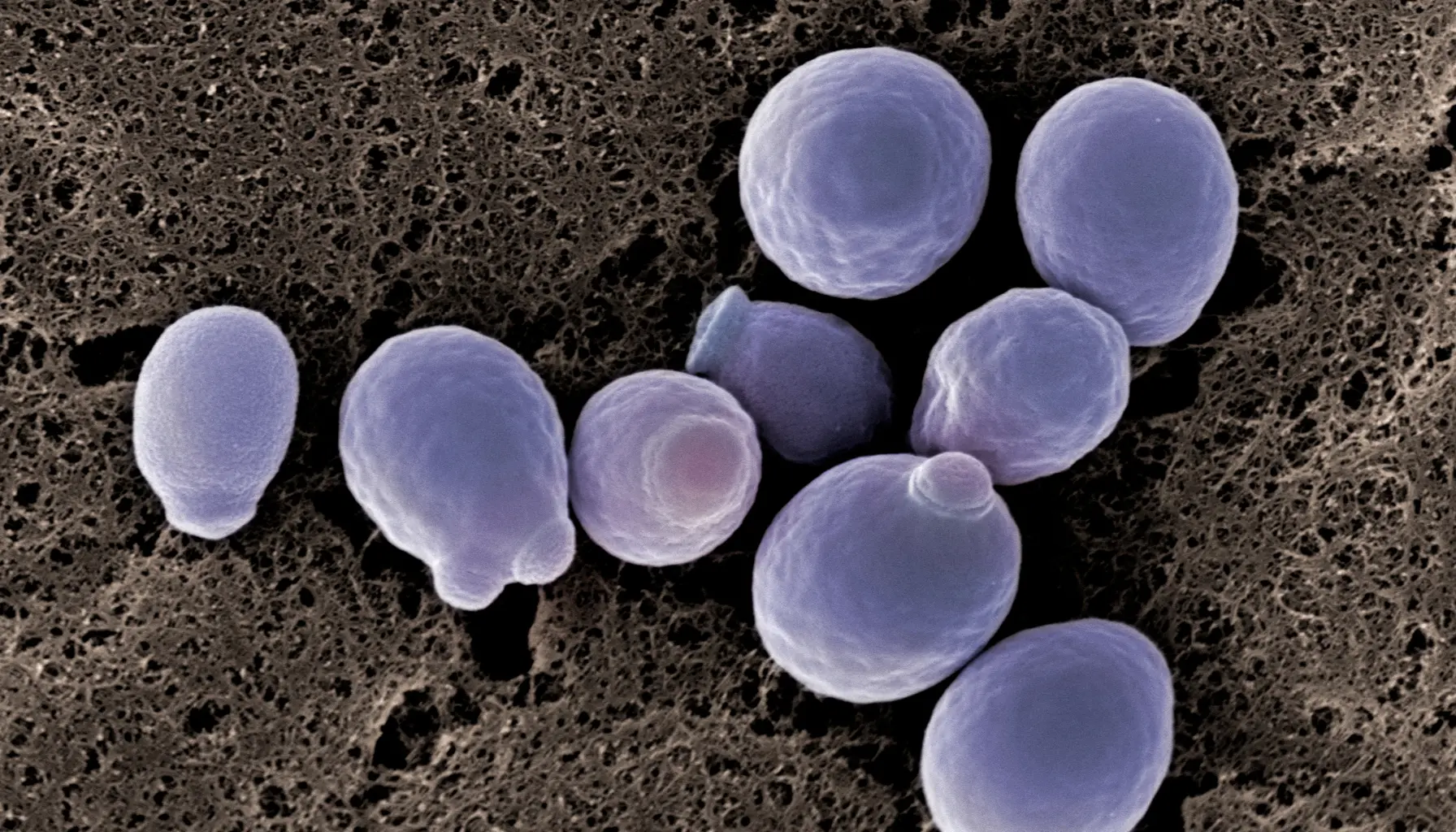
Fungal acne is a unique skin condition caused by an overgrowth of yeast, specifically the malassezia yeast, in the hair follicles. Unlike bacterial acne, which is driven by acne-causing bacteria, this yeast-induced condition requires a different treatment approach.
One such treatment that has shown promising results is something you might already have in your bathroom cabinet - anti-dandruff shampoo. That’s right! Dermatologists have found that using dandruff shampoo, like Head & Shoulders, can help target the yeast overgrowth, offering relief from those stubborn, itchy bumps.
While generally safe, avoid using it as a daily facial wash to steer clear of potential irritation or dryness.
Causes of Fungal Acne
The overgrowth of yeast on the skin, leading to fungal acne, can be influenced by several factors, including fungal overgrowth. These factors include:
- Hot and moist environments, as yeast thrives in these conditions
- Areas of the skin that are sweaty or humid, which are more susceptible to fungal acne flare-ups
- The yeast Candida albicans
- Excessive antibiotic usage
- Immune system suppression associated with cancer cytotoxic chemotherapy
Gaining insight into these triggers aids in effectively managing and treating fungal acne.
Fungal vs. Bacterial Acne
While bacterial acne is characterized by larger, inflamed pimples and blackheads, fungal acne presents itself differently. It’s distinctively featured by small, itchy bumps, often appearing in clusters of small whiteheads. It comes with its own set of symptoms such as swelling and redness, irritation of the hair follicle, itching, acne-like breakouts, and occasional stinging sensation.
The culprit behind fungal acne is a yeast overgrowth in the hair follicle, unlike bacterial acne which is primarily caused by Propionibacterium acnes.
The Power of Anti-Dandruff Shampoo in Treating Fungal Acne
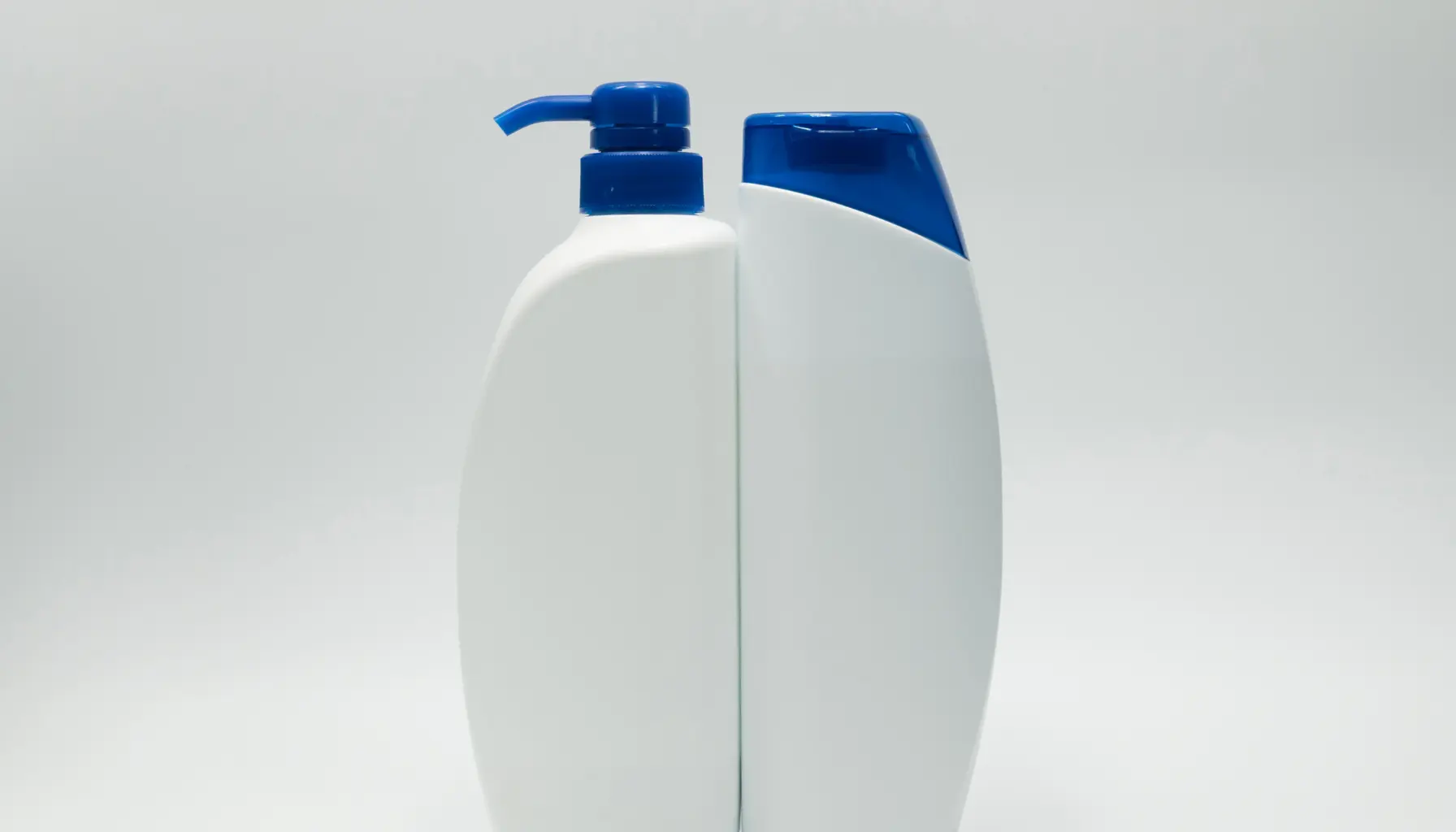
Anti-dandruff shampoos, typically used to treat dandruff on the scalp, have been found to be effective in treating fungal acne.
How so? It’s all about the active ingredients. These shampoos contain antifungal agents like pyrithione zinc, ketoconazole, and selenium sulfide, which specifically target the yeast responsible for fungal acne.
Applying it as a face wash or mask allows the active ingredients to act, enabling you to harness the power of these common shampoos to combat fungal acne.
Active Antifungal Ingredients
The key to the effectiveness of anti-dandruff shampoos in treating fungal acne lies in their active antifungal ingredients. Zinc pyrithione, for instance, showcases its antifungal prowess by combating both fungus and bacteria on the skin, frequently associated with acne breakouts. Another ingredient, ketoconazole, an imidazole class antifungal medication, inhibits the growth of fungi, making it a crucial component in battling fungal acne.
Selenium sulfide, renowned for treating conditions like dandruff and seborrheic dermatitis of the scalp, also has a place in the fight against fungal acne, thanks to its strong antifungal and bactericidal activity.
How Anti-Dandruff Shampoo Works
Anti-dandruff shampoos work by:
- Eliminating the fungus responsible for causing acne
- Offering a specific treatment for individuals affected by fungal acne
- Exhibiting pronounced antifungal activity, preventing the fungus from spreading and inhibiting its growth
Regular use of these shampoos can bring about noticeable improvement in fungal acne symptoms within 2 to 4 weeks of starting the treatment.
Step-by-Step Guide: Using Anti-Dandruff Shampoo for Fungal Acne
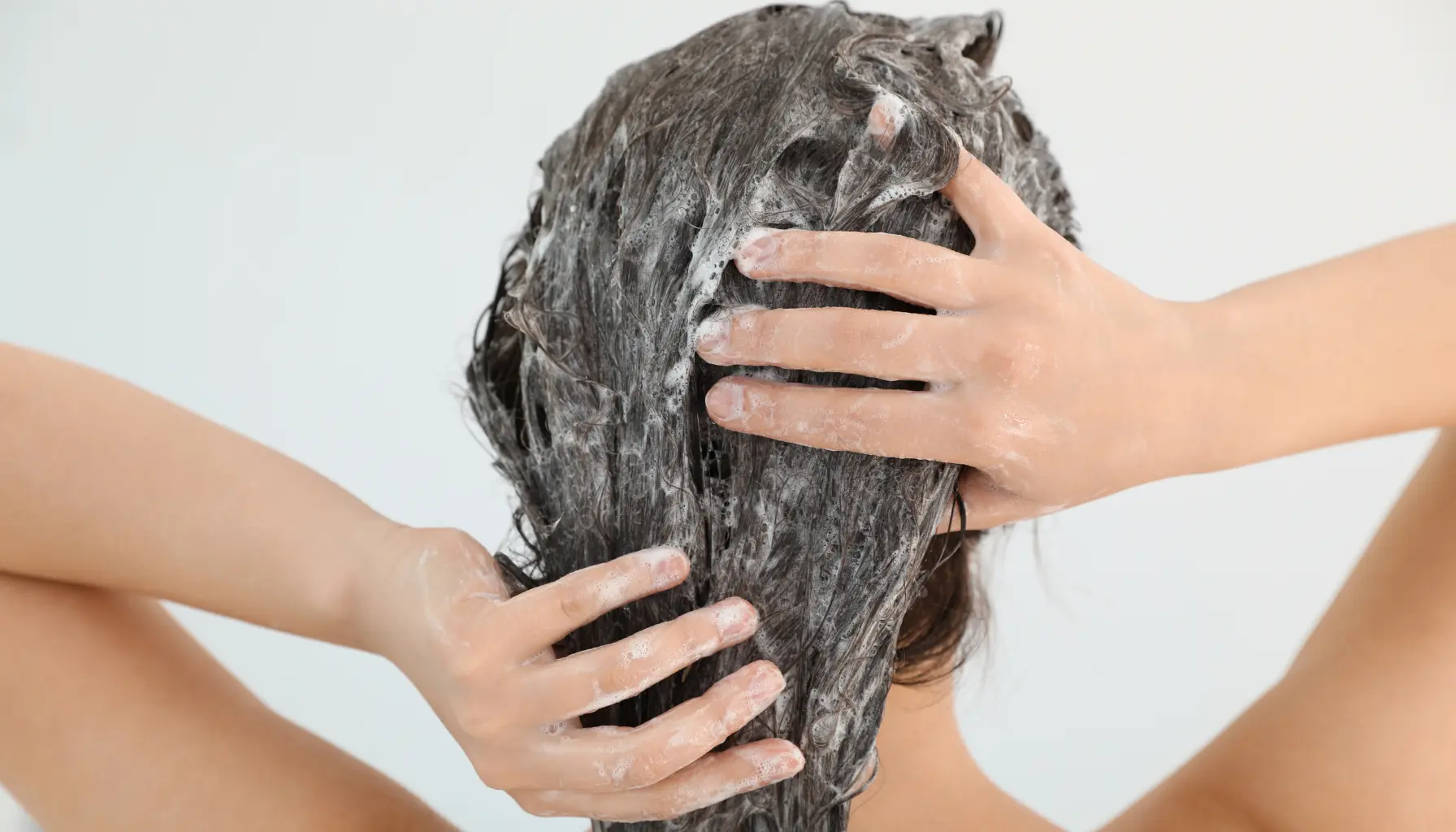
Convinced about the power of anti-dandruff shampoo for your fungal acne? Great! Now, let’s walk through the steps of using it effectively. From wetting your skin to applying and rinsing the shampoo, every stage is crucial to ensure the active antifungal ingredients have the best chance to fight off the yeast overgrowth.
Wet Skin Preparation
Before application, ensure your skin is wet. This helps the shampoo lather and spread evenly over the affected areas. And no, you don’t need a torrent of water - just wet your fingers or put a little water on your scalp and massage it thoroughly.
It’s advisable to use lukewarm water, as it is gentle on the skin and aids in producing a good lather.
Application Technique
For an effective application, follow these steps:
- Lather the shampoo onto the affected areas.
- Massage it gently into the skin.
- Use a few drops of shampoo.
- Use it two to three times a week.
Remember, more isn’t always better, as overuse can lead to dryness or irritation.
Rinse and Repeat
After applying the shampoo, let it sit on the skin for a few minutes before thoroughly rinsing it off. This allows the active ingredients enough contact time to work their antifungal magic.
To achieve the best results, repeat this process 2-3 times weekly.
Safety Precautions and Potential Side Effects
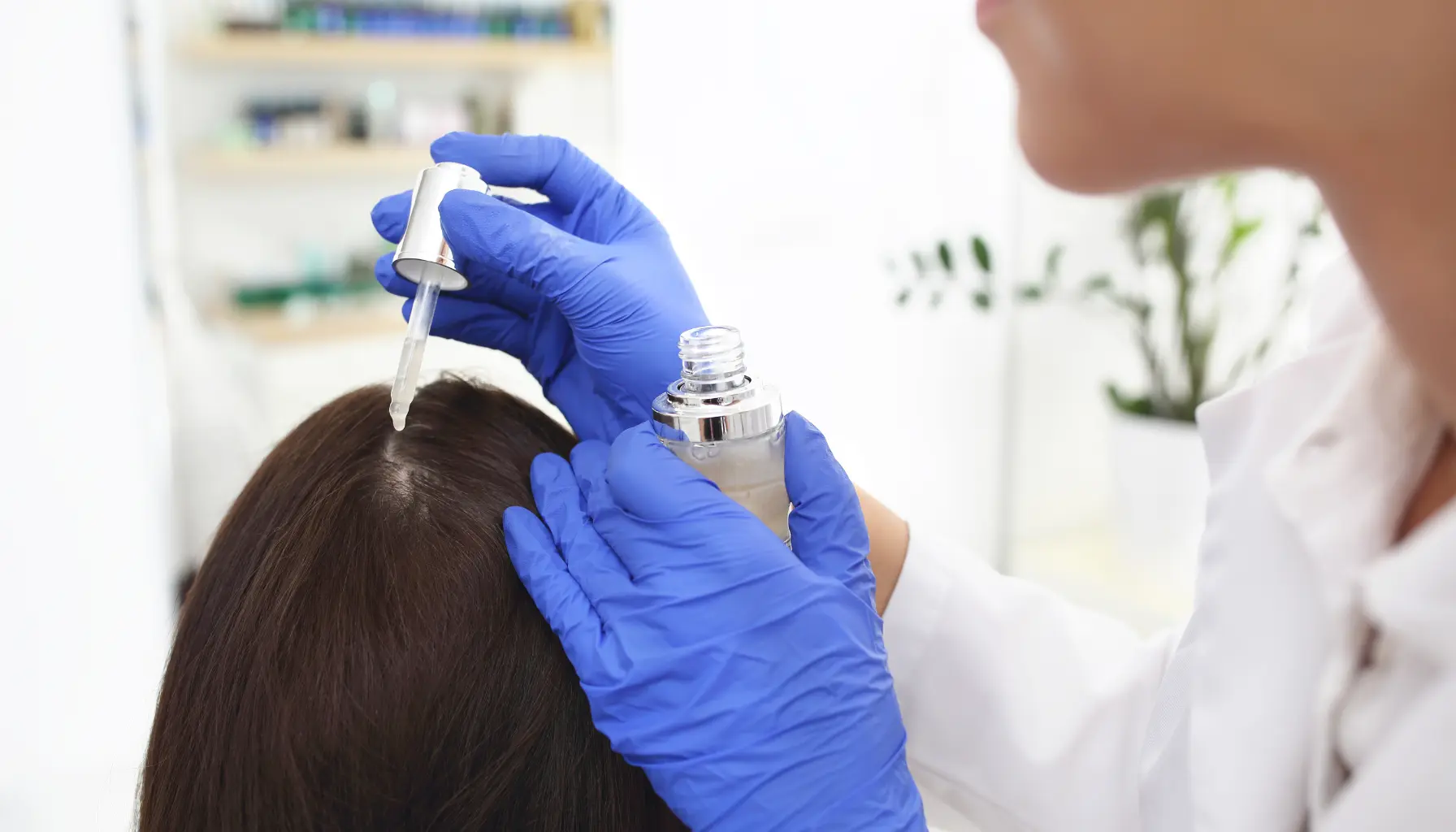
Remember, even though it’s a common hair care product, using anti-dandruff shampoo for fungal acne treatment isn’t without potential side effects, such as skin irritation and rash.
Taking necessary precautions and conducting a patch test prior to applying the shampoo to your face is imperative.
Patch Testing
A patch test is a simple yet crucial step before using anti-dandruff shampoo on your face. This helps assess any potential adverse reactions. Here’s how to do a patch test:
- Choose a small, hidden area of skin close to where you will be using the shampoo.
- Apply a small amount of the shampoo to the chosen area.
- Leave it on for at least 24 hours.
- Monitor the area for any signs of redness, irritation, or other adverse reactions.
If no negative reactions occur after this period, the shampoo is likely safe to use on a larger area.
Frequency of Use
Although the urge to use the shampoo frequently for quick relief from fungal acne might be strong, it’s necessary to restrict its use to a few times weekly. This helps avoid over-drying or irritating the skin, which can occur with overuse.
Observing signs of over-drying or irritation, like itchiness, redness, and skin dryness, could signal that you’re overusing the shampoo.
Skin Types and Sensitivity
Despite the effectiveness of anti-dandruff shampoos in treating fungal acne, bear in mind that each individual’s skin varies. If you have dry or sensitive skin, you may be more likely to experience irritation and dryness. In such cases, dandruff shampoo can help by:
- Opting for a gentler shampoo formula
- Using conditioner
- Refraining from scratching the scalp
- Consider using medicated shampoos specifically formulated for sensitive skin.
Complementary Treatments and Lifestyle Changes
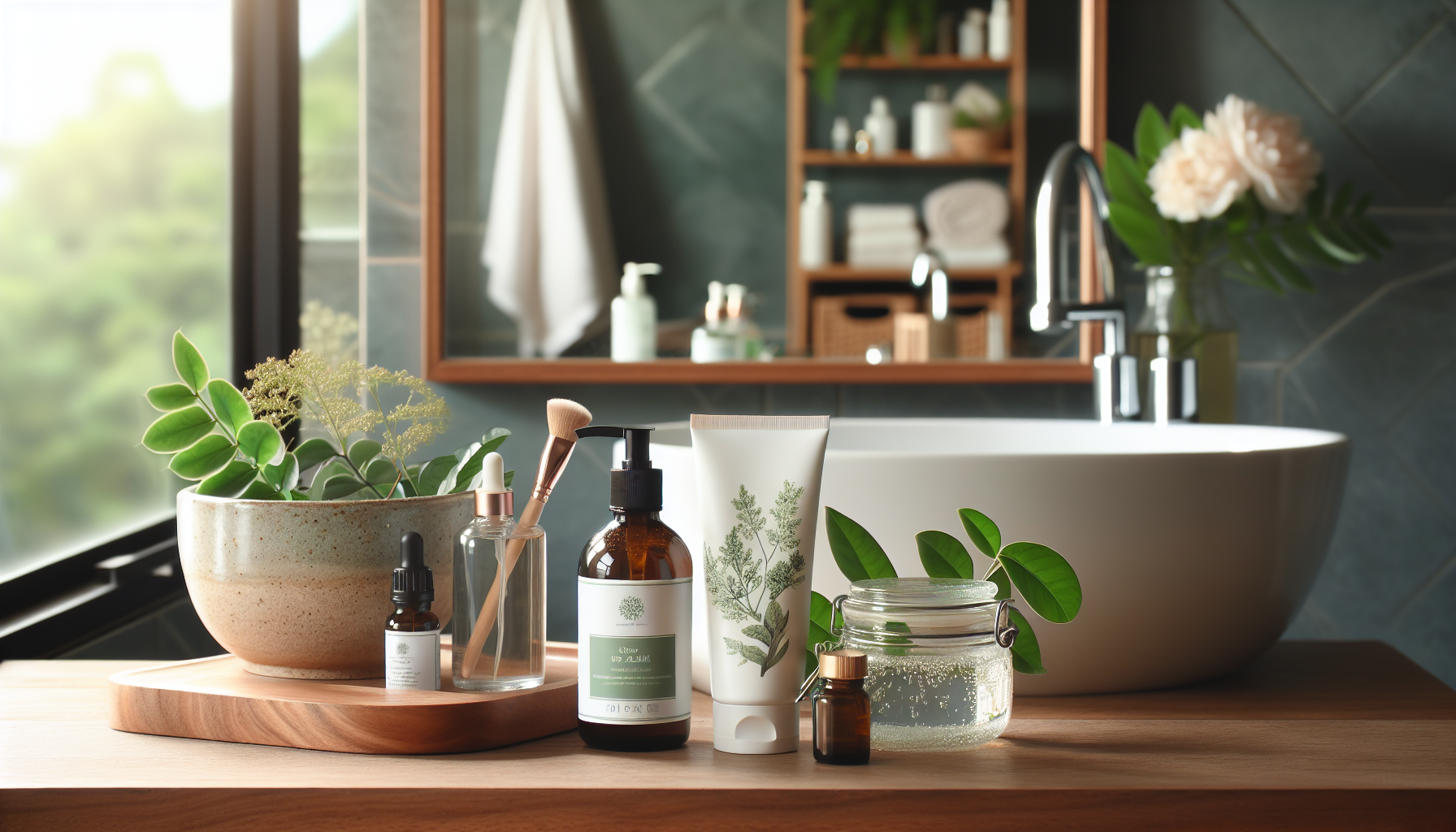
Leveraging the power of anti-dandruff shampoo is a great step towards managing fungal acne. But why stop there? By incorporating complementary treatments and lifestyle changes, you can bolster your approach to keep fungal acne at bay.
Topical Treatments
Alongside your anti-dandruff shampoo, consider using topical treatments like tea tree oil and salicylic acid. These natural ingredients have antiseptic and antifungal properties that can provide additional relief from fungal acne.
Keep in mind, adhering to the recommended application steps for these treatments ensures optimal results.
Oral Medications
In more severe cases of fungal acne, a dermatologist might prescribe oral antifungal medications like Fluconazole and Itraconazole to treat fungal infections. These drugs target the fungal cells, leading to their destruction and disrupting processes and structures that are specific to fungi. However, like any medication, these come with potential side effects such as gastrointestinal issues, liver damage, headaches, and serious skin reactions.
Lifestyle Changes
Last but not least, adopting certain lifestyle changes can help manage and prevent future fungal acne breakouts. This could include maintaining a consistent skincare routine, avoiding triggers like excessive sweating and hot and humid climates, and using oil-free products.
Moreover, dietary changes such as eliminating sugary foods, dairy products, processed and high-fat foods, and alcohol can also play a significant role in preventing fungal acne.
Expert Advice: When to Consult a Dermatologist
Using an anti-dandruff shampoo to treat fungal acne at home can be a game-changer. Nevertheless, don’t forget the importance of professional guidance, particularly if your symptoms persist or deteriorate.
Misdiagnosing fungal acne as bacterial acne can lead to ineffective treatment and may exacerbate the condition.
Persistent Symptoms
Despite the relief offered by over-the-counter solutions like anti-dandruff shampoo, enduring symptoms that fail to improve should necessitate a consultation with a board-certified dermatologist.
Signs to look out for include persistent small, itchy, red bumps on the skin and a lack of response to traditional acne treatments.
Misdiagnosis Risks
Obtaining a proper diagnosis is key to effective acne treatment. Misdiagnosing fungal acne as bacterial acne and using the wrong treatment can worsen the condition, so treating acne correctly is crucial.
Dermatologists can confirm the presence of fungal acne by performing a simple skin scraping and examining it under a microscope to look for the yeast responsible for the condition, ensuring an accurate diagnosis.
Summary
In summary, fungal acne, though distinct from bacterial acne, can be effectively managed with the help of a common hair care product - anti-dandruff shampoo. Its active antifungal ingredients target the root cause of fungal acne, providing relief from this pesky skin condition. Yet, like any treatment, it’s important to use it correctly and safely.
Complementary treatments and lifestyle changes can further bolster your fight against fungal acne. Most importantly, don’t hesitate to seek professional help if symptoms persist or worsen.
Frequently Asked Questions
How do you use Head and Shoulders shampoo for fungal acne?
To use Head and Shoulders shampoo for fungal acne, start by using it up to three times per week and gradually increase frequency as tolerated. When using it as a face wash, leave it on the skin for a few minutes, wash it off, and follow up with a good moisturizer.
Does anti-dandruff shampoo get rid of fungus?
Yes, anti-dandruff shampoo can get rid of fungus due to its zinc pyrithione content, which helps eliminate dandruff-causing fungi and bacteria.
How do you use anti-dandruff shampoo on your face?
To use anti-dandruff shampoo on your face, apply it to your hair, leave it on for 2-3 minutes, then rinse it off so the lotion trickles down your face and affected areas.
How do you use Nizoral for fungal acne on face?
To use Nizoral for fungal acne on your face, apply it as a body wash every other day in the shower, letting it sit on your skin for at least 30 seconds before rinsing off.
Should I consult a dermatologist for fungal acne?
Yes, if over-the-counter treatments are not working, it is advisable to consult a dermatologist for fungal acne.
References
- Narshana, M., & Ravikumar, P. (2018). An overview of dandruff and novel formulations as a treatment strategy. Int J Pharm Sci Res, 9(2), 417-431.
- Patidar, K. (2018). Polyherbal anti-dandruff shampoo: Basic concept, benefits, and challenges. Asian Journal of Pharmaceutics (AJP), 12(03).
- Umar, H., Mahmood, T., Hussain, T., Aslam, R., Shahzad, Y., & Yousaf, A. M. (2020). Formulation and In Vitro Characterization of Tea Tree Oil Anti-Dandruff Shampoo. Current Cosmetic Science, 10(10), 1-10.
Discover other related topics in Dandruff Shampoo






